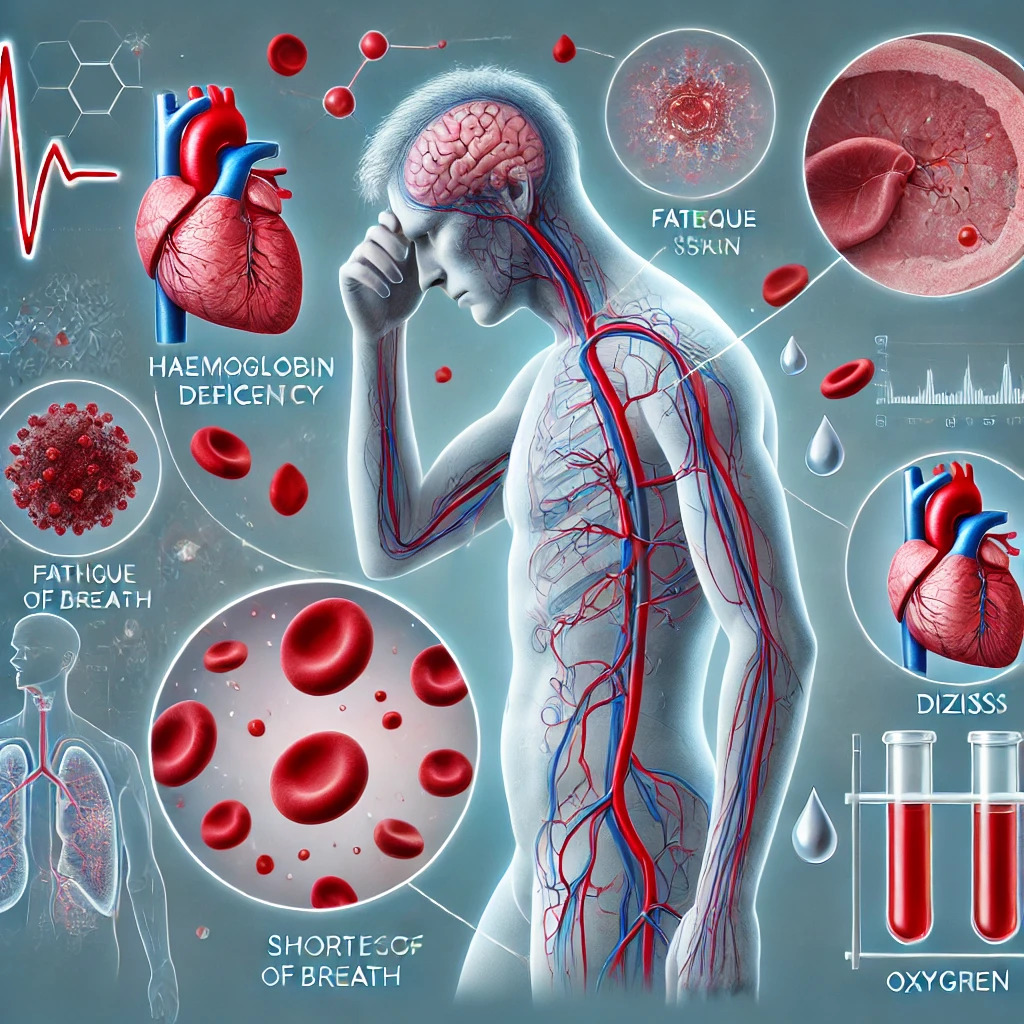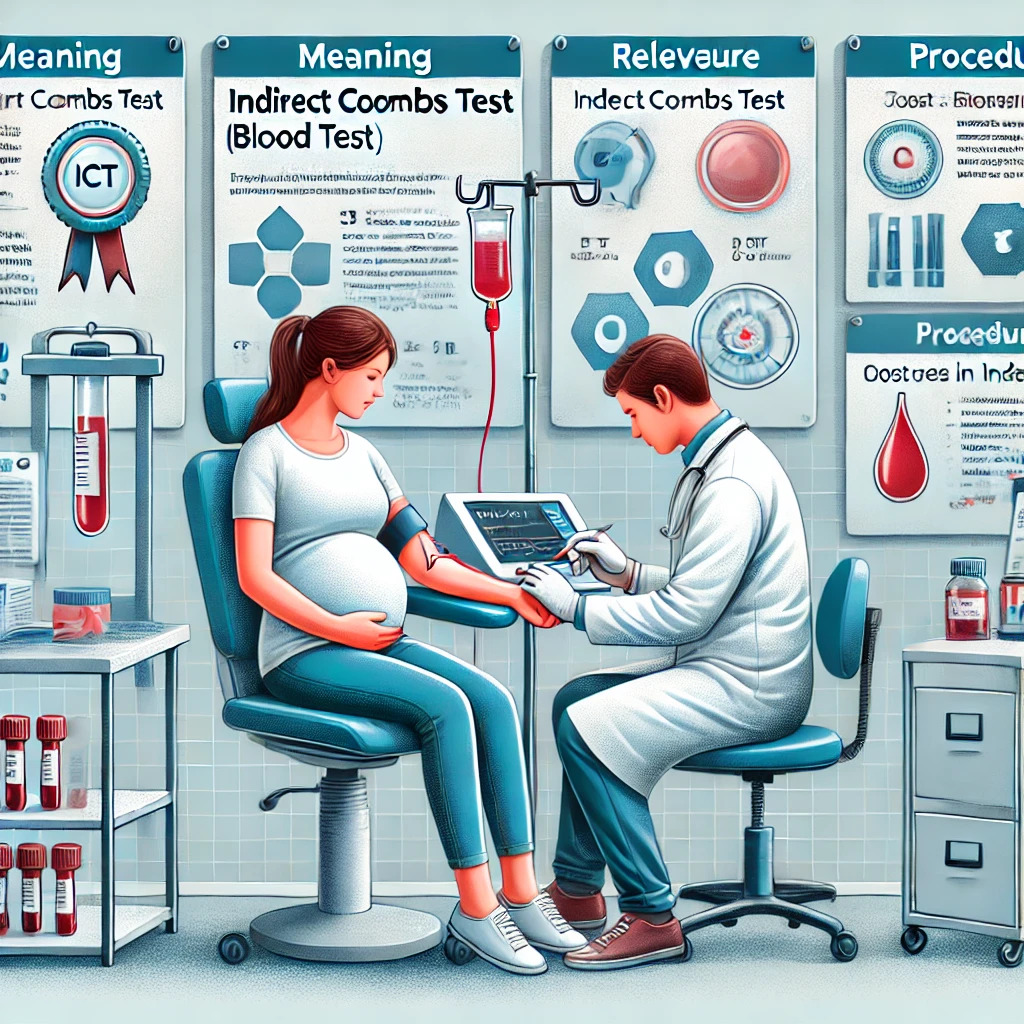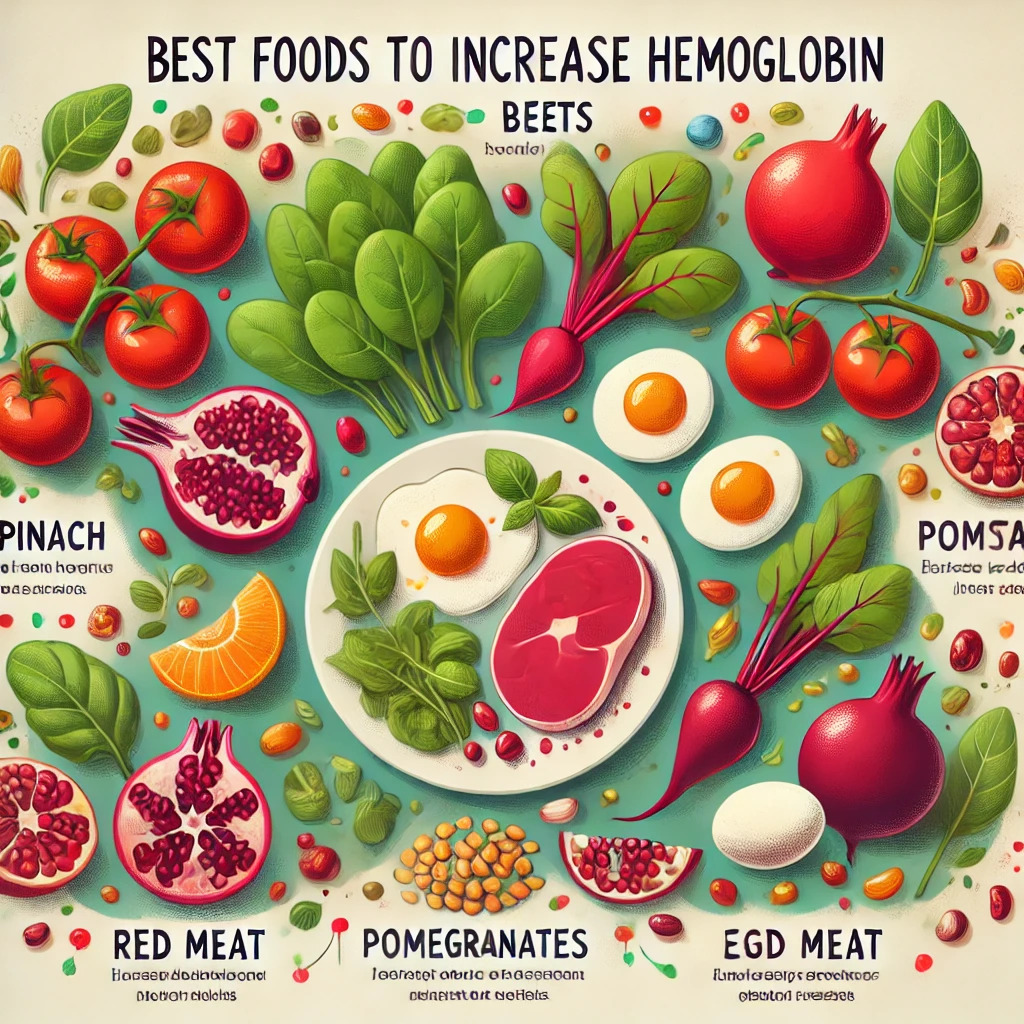How to Reduce CRP Levels in COVID-19: A Comprehensive Guide

Introduction
The COVID-19 pandemic has brought multiple health challenges and one of the major issues that has emerged is inflammation. This is why inflammatory markers like CRP (C-reactive protein) have gained significant attention due to their association with COVID-19 severity. Understanding CRP, its role during and after COVID-19, and measures to reduce elevated levels can be vital for improving outcomes and promoting recovery. This blog will help you understand the role of CRP levels in COVID-19.
What is CRP- Why Should You Know About It?
C-reactive protein, or CRP as most people know it, is produced by the liver in response to inflammation in the body. This protein is a part of the body’s immune response. It is released into the bloodstream when there is an infection, injury, or any other condition that causes inflammation. It is important to understand that CRP is a nonspecific marker. It simply means that while it signals an ongoing inflammatory process, it does not give any clue to the cause of location of the inflammation.
The levels of this protein can rise rapidly, within hours, after an inflammatory event. This is precisely why CRP is such a useful marker for acute conditions. The question of how to reduce CRP levels in COVID-19 becomes important because in clinical practice, this marker is used to assess the severity of the infection, monitor chronic inflammatory diseases, and to evaluate the efficacy of treatment.
Normal CRP levels are below 0.9 mg/dL for most people. Some people, especially females, can have slightly higher CRP numbers.
Elevated CRP levels can indicate a number of conditions like bacterial or viral infections, chronic inflammatory diseases like rheumatoid arthritis, and acute inflammatory responses such as seen in COVID-19 amongst other infections.
CRP Test and Interpretation
It is a simple blood test where prior preparation is generally not required and it measures the concentration of C-reactive protein in the blood. This is how CRP levels are interpreted to detect inflammation-
CRP levels below 0.3 mg/dL indicate normal range and a lower risk of cardiovascular problems.
Minor elevation in CRP levels between 0.3-1.0 mg/dL can be normal or due to obesity, common cold, depression, diabetes, etc.
Moderate elevation where levels are between 1-10 mg/dL indicate a higher risk for cardiovascular problems or systemic inflammation due to RA, other autoimmune diseases, malignancies, myocardial infarction, etc.
High CRP levels above 10 mg/dL suggest significant inflammation that can be due to acute infections, chronic inflammatory conditions, trauma or severe conditions.
Severe elevation is when CRP levels rise above 50 mg/dL.
Relevance of CRP Testing in COVID-19 and After COVID
When used in COVID-19 patients, CRP levels which are elevated can be a marker of severe infection and poor prognosis. But this inflammatory marker cannot be used alone as a diagnostic tool. It is rather used alongside other tests and clinical evaluation.
COVID-19 has been associated with a heightened inflammatory response and this is why CRP levels have gained particular relevance in the patients with the disease. People are interested in knowing how to reduce CRP levels quickly. It has to be managed under the supervision of a healthcare professional. But it is important for you to understand how it impacts prognosis and recovery. The levels of CRP are used along with other tests to assess the severity of the disease and for guiding treatment decisions.
CRP Testing During COVID-19
Assessing disease severity- high levels of CRP in blood have been correlated with severe COVID-19 particularly in those with pneumonia or acute respiratory distress syndrome (ARDS). High CRP levels indicate aggressive immune response where excessive inflammation can cause tissue damage.
Monitoring progress- for hospitalised patients or those at home with severe symptoms, continuous monitoring of CRP levels is done. A reduction in CRP levels may indicate subsiding inflammation and a better treatment response. The converse may be true when CRP levels rise further.
Guiding treatment- CRP levels help in guiding treatment as higher numbers may prompt the decision to use anti-inflammatory treatments such as corticosteroids. These have been shown to reduce mortality in such cases.
CRP Testing After COVID-19
For some people, CRP level monitoring may be relevant even after recovery due to reasons like:
Post COVID syndrome (Long COVID)- some people may suffer from long COVID where symptoms persist long after the acute infection resolves. These people may have ongoing low grade inflammation.
Cardiovascular risk assessment- lingering inflammation and endothelial damage may be responsible for the increased risk of cardiovascular events after COVID-19 infection. CRP levels are monitored to see if aggressive management is required.
Monitoring chronic conditions- Individuals with pre-existing chronic conditions like autoimmune disorders, diabetes, cardiac conditions, etc, may need close monitoring of CRP levels after recovery from COVID as the virus can exacerbate these issues due to ongoing inflammation.
CRP Test Before COVID Vaccine
Checking CRP levels before getting COVID vaccination is not a standard procedure but doctors may recommend it for some people. These special cases include:
Underlying health conditions- if someone has chronic inflammatory conditions, CRP testing may be done before and after vaccination to see the immune system response.
Recent infection or inflammation- sometimes after an infection or an inflammatory flare-up, the doctor may want to wait for the inflammation to subside before the patient gets the vaccine.
Vaccination decisions- in some patients who have very high persistent CRP levels, a discussion may be needed if some additional precautions are needed or for deciding the best time for getting the vaccine.
Please note that for a majority of the people, there is no need to test CRP levels before getting COVID vaccine. Discuss any concerns with your doctor.
How to Lower CRP Levels Quickly?
The most important step in reducing CRP levels after COVID-19 or otherwise is addressing the underlying cause of inflammation. For certain chronic diseases, medical management is necessary while for others lifestyle changes can play a crucial role.
Diet and Nutrition
Anti-inflammatory diet- where foods with anti-inflammatory properties which are rich in antioxidants can help. Some of these foods are berries, green leafy vegetables, omega-3 fatty acid rich foods, turmeric, nuts, and olive oil.
Avoiding Pro-Inflammatory foods- like sugary beverages, refined carbohydrates, ultra-processed foods, and trans fats helps. These foods trigger the body to release inflammatory molecules.
Supplements- that contain omega-3 fatty acids, vitamin D, and curcumin(from turmeric) may help to reduce CRP levels as these have anti-inflammatory properties. Always consult a doctor or a dietitian before adding supplements.
Physical Activity
Regular exercise- is known to enhance cardiovascular function, improve immune function, reduce weight amongst other things which further decrease inflammation. Consult a healthcare professional to know what type, intensity, and duration of exercise are suitable for you.
Strength training- is important because building muscle mass can reduce CRP levels as it decreases fat while improving insulin sensitivity. Consult an expert before beginning strength training.
Weight management
Healthy weight- losing even a small amount of weight if you are overweight can reduce CRP levels significantly.
Balanced diet and exercise- a nutrient rich diet without extreme calories restriction along with suitable exercises for your age and health can be very helpful.
Stress management
Mind-body practices and good Sleep quality: both chronic stress and poor sleep quality have been linked to low grade inflammation. Mind body practices like Yoga, meditation, NSDR, and deep breathing exercises can be used to manage stress. Optimising the sleep environment, creating a sleep routine, and maintaining sleep hygiene can help you get 7-9 hours of deep sleep.
Smoking cessation
Quit smoking- smoking is a significant contributor towards high CRP levels and quitting it can lower inflammation.
High CRP After COVID recovery: What Are The Causes?
Some people may have on-going inflammation or develop other health conditions or their pre-existing conditions may be exacerbated after COVID-19 infection. Such people may have persistent elevated levels of CRP. The causes include:
Post-viral inflammation
Lingering immune response- sometimes even after the acute phase of COVID-19, the immune system may keep producing inflammatory markers including CRP while it tries to repair tissue damage from the infection. This lingering inflammation is one of the causes of persistent symptoms like brain fog, joint pain, and fatigue.
Secondary infections- in some cases, the presence of elevated inflammatory markers after COVID-19 could indicate secondary bacterial infections or other complications. These will require proper medical intervention.
Organ damage and long-term effects
Lung damage- COVID-19 can cause significant damage to the lungs which can further result in fibrosis or other chronic respiratory issues. This damage itself can cause inflammation and high CRP levels.
Cardiovascular health- the infection may cause issues like myocarditis, pericarditis, or other heart related problems. High CRP levels after COVID-19 in these cases is due to inflammation in the heart and blood vessels.
Long COVID
Chronic inflammation- when the symptoms last more than 12 weeks after the initial infection, there is often low grade inflammation which is the culprit apart from post COVID complications. Elevated CRP levels in these cases can cause issues like fatigue, muscle pain, breathing issues, and even cognitive disturbances. Managing chronic inflammation becomes necessary for improving quality of life.
Given the complexity of causes behind high CRP levels in COVID-19 or after COVID-19, a personalised treatment plan is necessary. Patients may need anti-inflammatory medications, physical therapy, mental health support, other treatments, and lifestyle modifications which can reduce CRP levels and control inflammation.
Management: reducing CRP levels post-COVID
When CRP levels remain high after a patient recovers from COVID-19, it becomes important to take proactive steps to manage inflammation and promote long term health.
Some strategies which can help are:
Regular medical monitoring
Follow up appointments- for those with lingering symptoms or any complications or pre-existing conditions, regular health checkups are important.
Blood tests- at regular intervals may be needed. These tests include CRP, ESR (which is another inflammatory marker), and D-dimer. These can help track inflammation and guide treatment approaches.
Medications
Anti-inflammatory drugs- if deemed fit based on a patient's medical history and current status, medicines like NSAIDS, corticosteroids, or other immunosuppressants may be recommended.
Statins- these are used for lowering cholesterol levels but have also been found to be of value in reducing inflammation and CRP levels post-COVID.
Lifestyle adjustments
Diet- anti-inflammatory nutrient rich diet can support the reduction of CRP levels.
Physical activity- exercise is great for reducing inflammation and at the same time it enhances cardiovascular health, mental health, and respiratory health.
Stress management- is crucial for preventing low grade inflammation and for promoting healing.
Integrative therapies
Supplements, Acupuncture, acupressure, massage, and Ayurvedic treatment- certain supplements and holistic therapies can be used in conjunction with conventional treatment and lifestyle modifications as a part of comprehensive recovery plan.
It is important that any treatment and lifestyle modifications are done under medical supervision. Only a licensed health-care professional can properly interpret results of CRP test, other tests, and carry out a clinical evaluation to create an individualised treatment plan.
Conclusion
CRP plays an important role in the body's immune response and response to inflammation making it a critical marker to monitor during and after COVID-19. Elevated CRP levels can indicate the severity of COVID-19, the presence of inflammation, or potential complications which may occur during the recovery phase.
There are tools and treatments to lower CRP levels in COVID-19 patients but timely treatment and management is important. By understanding the relevance and role of CRP, strategies to reduce CRP levels, and regular medical monitoring, individuals can improve their recovery and health status.





